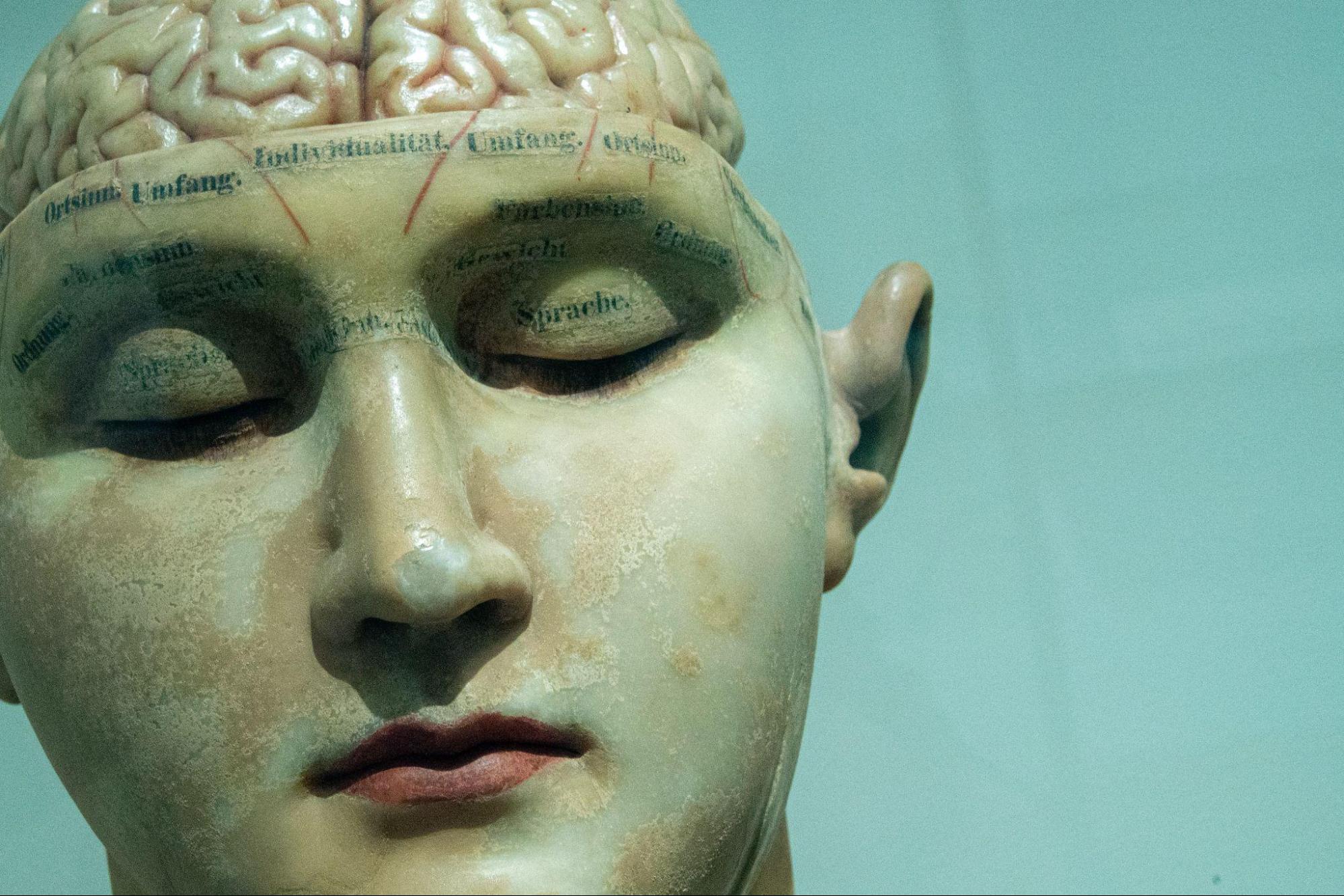


“There is no better way to thank God for your sight than by lending a helping hand to those in the dark.” Hellen Keller.
The year 2013 might be seen as a light at the end of the tunnel. During that time, the U.S. Food and Drug Administration approved both devices that were created to treat retinitis pigmentosa, a retinal condition, and the RNS Stimulator, which prevents the development of seizures. (1)
The RNS System is the first device to provide closed-loop responsive brain stimulation. It is composed of a system that includes a cranially implanted neurostimulator. (2)

The year 2013 might be seen as a light at the end of the tunnel. During that time, the U.S. Food and Drug Administration approved both devices that were created to treat retinitis pigmentosa, a retinal condition, and the RNS Stimulator, which prevents the development of seizures. (1) The RNS System is the first device to provide closed-loop responsive brain stimulation. It is composed of a system that includes a cranially implanted neurostimulator. (2)


Being able to detect physiological alterations in the brain, it continually monitors the electrocorticogram through subdural cortical strip leads that are placed at the seizure focus. (3) When abnormal electrographic activity is detected, the neurostimulator delivers brief electrical stimulation pulses through the implanted leads. (3)
Moreover, Argus II consists of 60 electrodes that are implanted in the retina, which goes to glasses with a special mini camera. (4) Its primary function is to mimic the role of the retina and try to restore those who have severe vision loss. (5)

Being able to detect physiological alterations in the brain, it continually monitors the electrocorticogram through subdural cortical strip leads that are placed at the seizure focus. (3) When abnormal electrographic activity is detected, the neurostimulator delivers brief electrical stimulation pulses through the implanted leads. (3)Moreover, Argus II consists of 60 electrodes that are implanted in the retina, which goes to glasses with a special mini camera. (4)
This system uses a retinal implant that activates the remaining retinal cells that carry the signal back to the brain, allowing one to discern light, movement, and shapes.(5) Progress in neuroscience and ophthalmology became marks for the future of medicine. (5)
References